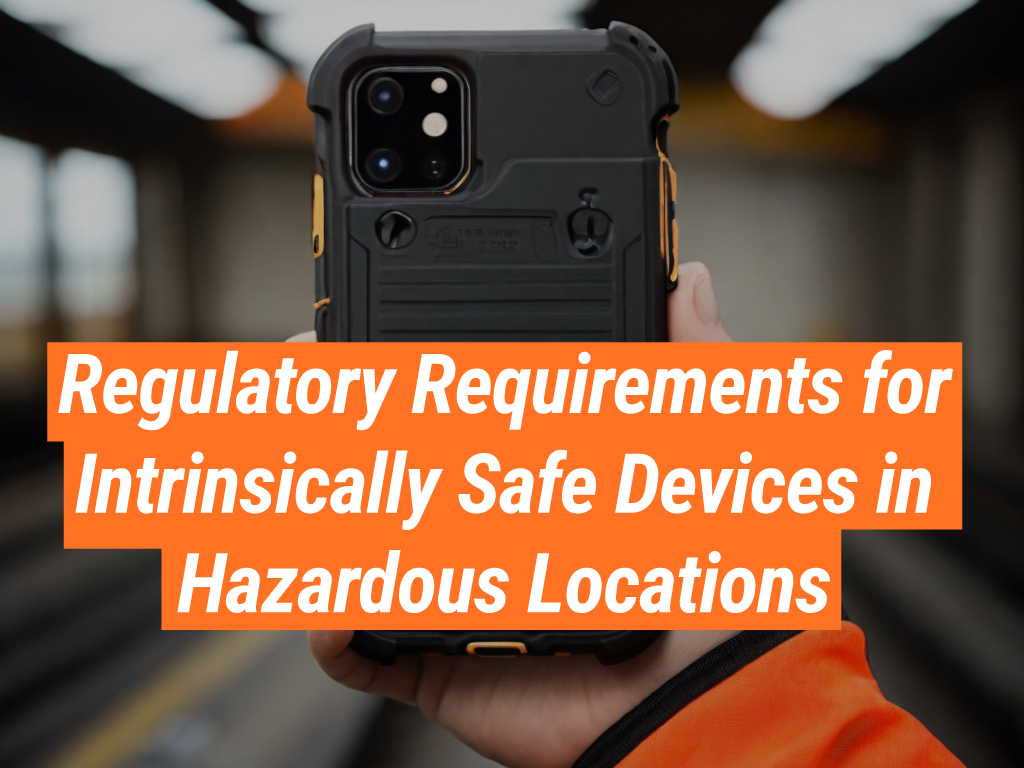When it comes to hazardous environments, safety is paramount. This is where Intrinsically Safe Store comes into play, providing a wide range of intrinsically safe devices designed to ensure safety in potentially explosive atmospheres. In this article, we delve into the regulatory requirements for these devices and why they are crucial in hazardous locations. We invite you to explore our website to learn more about our offerings.

What are Intrinsically Safe Devices?
Designers create intrinsically safe devices to operate in potentially explosive atmospheres without causing ignition. These devices actively limit the electrical and thermal energy to a level below what a specific hazardous atmospheric mixture requires for ignition.
Regulatory Bodies and Standards
Several regulatory bodies oversee the safety standards for these devices. These include the International Electrotechnical Commission (IEC), the European Committee for Electrotechnical Standardization (CENELEC), and the American National Standards Institute (ANSI), among others. They have established various standards, such as IECEx, ATEX, and UL, to ensure the safety and reliability of these devices.
IECEx System
The IECEx system acts as a global certification system for the safety of equipment used in explosive atmospheres, ensuring that equipment adheres to international safety standards.
ATEX Directive
The ATEX directive applies to all equipment intended for use in explosive atmospheres in the European Union. It requires manufacturers to provide a risk assessment of their products, demonstrating compliance with the directive.
UL Standards
In the United States, UL standards are widely recognized. They cover the safety requirements for electrical equipment, including intrinsically safe devices.
Importance of Regulatory Compliance
Regulatory compliance is not just about meeting legal requirements. It’s about ensuring the safety of workers and preventing catastrophic incidents. Non-compliance can lead to severe consequences, including legal penalties, damage to reputation, and even loss of life.
Case Study: The Importance of Intrinsically Safe Devices
A case in point is the Piper Alpha disaster in 1988, where an explosion on an oil platform in the North Sea led to the loss of 167 lives. The subsequent investigation revealed that the explosion was caused by a spark from a non-intrinsically safe device. This tragedy underscores the importance of using intrinsically safe devices in hazardous locations.
Prioritizing Safety: Regulatory Compliance for Intrinsically Safe Devices
In conclusion, regulatory requirements for intrinsically safe devices are crucial in ensuring safety in hazardous locations. Compliance with these regulations not only fulfills legal obligations but also protects lives and property. At Intrinsically Safe Store, we are committed to providing devices that meet these stringent standards. For more information about our products and how they can enhance safety in your operations, please contact us.


